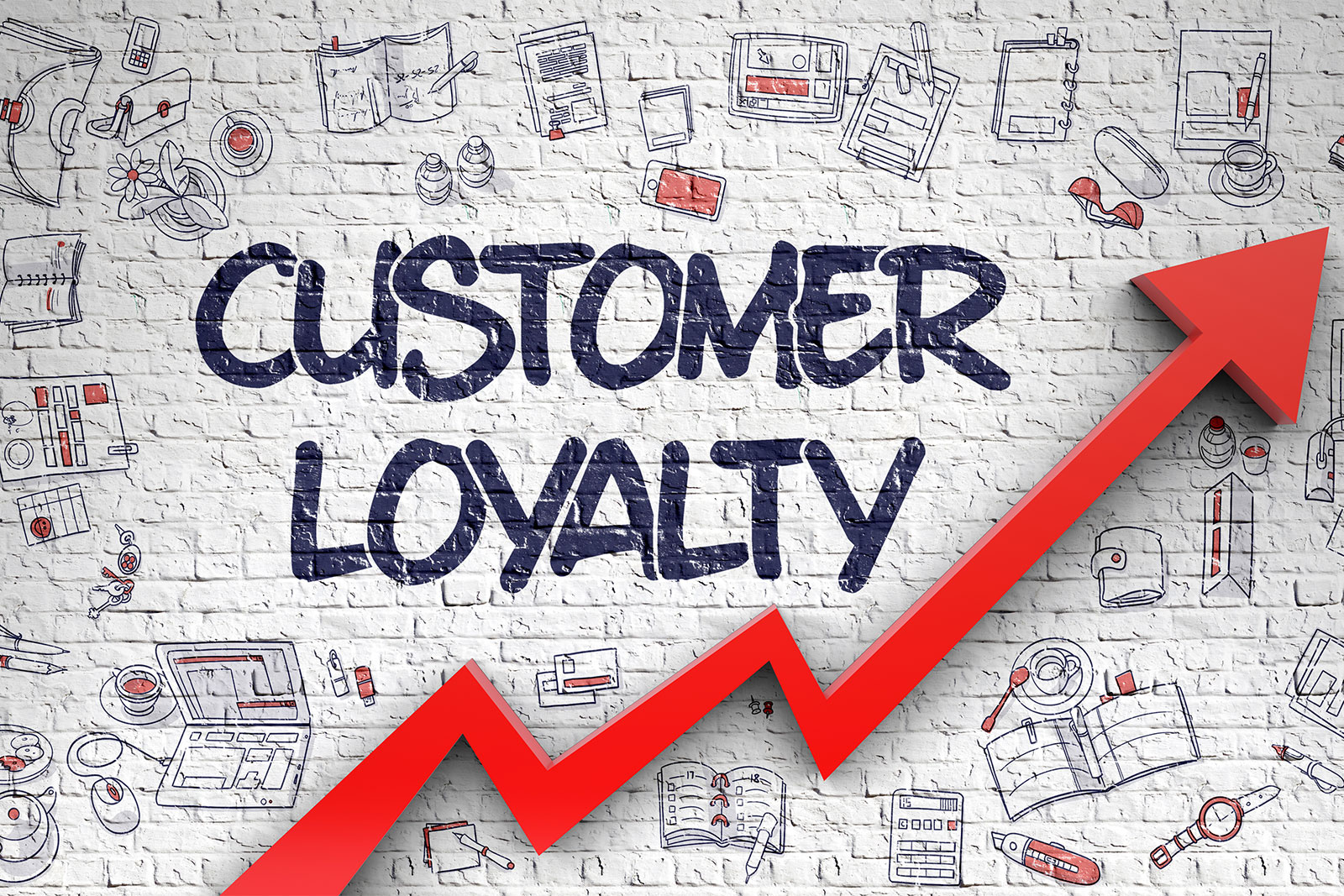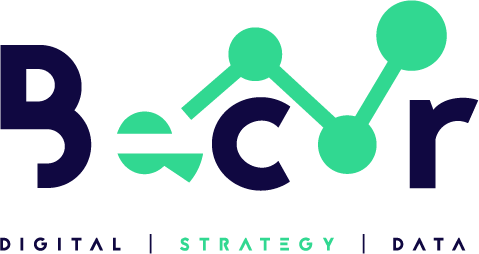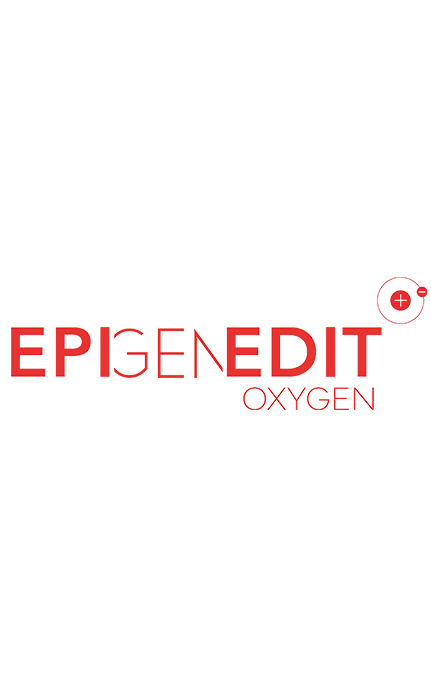Do you realize that the people who can create the best branding for you are not those who work for you?
Despite how odd it may sound, the finest brand ambassadors you can find are your most devoted consumers. Every company that has seen success is aware of how important customer loyalty is. Your finest salesmen will be those of your consumers who have purchased your goods and are pleased with you. Therefore, if you still haven’t looked into this useful resource, it’s time to reconsider your plans for engaging your customers strategically.
To attract customers, businesses launch a variety of customer loyalty programs.

What is Customer Loyalty?
The likelihood that a customer will do business with a company or brand again is measured by their level of customer loyalty. It results from client contentment, satisfying client interactions, and the general value of the products or services a client receives from a business.
Every future purchase decision is heavily influenced by online reviews and peers’ recommendations in today’s highly connected society, where internet penetration has increased significantly. Therefore, it is impossible to overstate the influence your current consumers have on the next sales. All of the most recent strategic models have predominantly changed their attention from the seller to the buyer for this reason.
Why is Customer Loyalty Important?
Customer loyalty is crucial for any business, no matter its size. First-time clients are more challenging to persuade because they are unfamiliar with a company’s products or services. Therefore, the company needs a thorough sales funnel to entice customers to buy. Customers who have already visited a store are easier to sell to because they are aware of what to expect.
Following are some arguments in favor of client loyalty:
- More money is spent by returning customers than by new ones. They have a significantly greater average order value, which rises throughout the course of their relationship with a brand.
- Higher conversion rates are produced by loyal clients. Conversion rates for returning consumers are much greater than for new ones. Average conversion rates for returning customers range from 60% to 70%, compared to 5% to 20% for new ones.
- Profits are increased. Brands must encourage client loyalty if they want to see higher revenues. When client retention rates are raised by just 5%, business earnings improve by 25% to 95%.
- It is less expensive to keep an existing customer than to find a new one. Keeping a current customer is less expensive than acquiring a new one. According to studies, acquiring a new customer costs 5 times as much as keeping an existing one.
- Having devoted customers facilitates effective planning. Customer retention makes it possible for organizations to forecast growth more accurately, which aids in financial planning. It is simpler to make anticipatory judgments based on their budget when marketing teams can identify dependable, loyal consumers.
- Regular shoppers are loyal clients. Repeat customers have a higher likelihood of coming back because of their positive experience with the brand. Additionally, the more transactions they complete, the more likely they are to make more purchases in the future.
- During the holidays, loyal consumers spend more money. During hectic holiday seasons, all customers typically spend more money, but devoted customers typically outperform everyone else.
How to Build Customer Loyalty
Every brand works tirelessly to increase consumer fidelity and establishes numerous places throughout the customer journey that foster engagement. The majority of marketing initiatives focused on the customer journey’s decision-making stage. The advancements of the new age need a greater impact that is dispersed over several stages of the client journey. As a result, marketers today want to provide value even during the trial period. Let’s examine how to capitalize on client loyalty at various points in the customer journey:
Reward loyal customers with a loyalty program
The most effective strategy to keep repeat clients is to implement a rewards program. Customers accumulate loyalty points every time they make a purchase from a brand under the simplest and most often used loyalty programs, which operate on a point system. Once they have earned enough points, they will receive a reward, such as a discount, preferential treatment from the company, freebies, etc.
Customers that load up and use their cards to make purchases are rewarded under another form of loyalty program. People will feel compelled to keep returning if there is a loyalty program that rewards customers with presents, whether they be monetary or non-monetary.
Multichannel Targeting
The days of brands concentrating their marketing efforts on just one channel are long gone. Every touchpoint matters in today’s fiercely competitive market and brands work tirelessly to engage consumers at every stage of their buying cycle. Such consumer targeting enables firms to gather crucial customer information, which in turn fuels highly targeted brand messaging and enhances the customer experience.
Make customer care a priority for the brand
Customer service is an essential component of every organization. More specialized solutions for particular customer needs result from a successful client relationship management strategy. Learn as much as you can about the company’s various client segments, including their purchasing patterns, top goods, and comments on the brand as a whole. Utilize this knowledge to enhance the offered service. Make sure staff members who deal with clients directly have access to the data they require to provide efficient customer service.
Boost customer experience by introducing VIP tiers
Social status can be used as a powerful motivator and influencer of consumer behavior in a company’s customer loyalty strategy. A business can increase the loyalty of current consumers and encourage new and less engaged customers to participate with the brand more by creating VIP tiers for the most devoted customers. Smaller prizes at first for all program participants will help to promote repeat business. As participants move up the loyalty ladder, larger rewards will be offered.
Personalization
Everyone wants to be in the spotlight in this era of hyper-local marketing. Marketing professionals today have the ability to create highly customized experiences for their visitors and clients because of the development of technology like artificial intelligence and social media. These serve as encouraging reinforcements and are crucial to making your consumers pleased, who will promote your business and serve as brand ambassadors. Since they are doing it voluntarily, they give it their all and do it well. They not only advertise the brand but are also seen assisting other customers who are having trouble at various stages of the purchasing process.
Segment your clients
Any client loyalty program wouldn’t be complete without a personalized approach, it seems. It makes it possible for each customer to feel valued and cared for. Use segmentation to send the correct message at the right moment. Marketers will be able to segment their email list based on factors such as age, gender, geography, occupation, preferences, interests, engagement, and more. After that, they create unique email campaigns with offers tailored to each group. Every subscriber gets what they desire in this way.
Breathe Customer Service
And we do mean it. Your top focus as a brand should be providing excellent customer service. In spite of all obstacles, you should never stop working for it. Additionally, keep in mind that customer service doesn’t finish with the transaction but rather advances with one. Genuine customer service actually starts when your consumers have issues with your product and need assistance. Make sure every inquiry, call, or text is appropriately handled and correctly resolved to the end. There shouldn’t be any spaces remaining. Recognize that this is your chance to gain or lose a client.
Send event-based emails
The best method to personalize customer communications is to do this. Make the switch to event-based marketing and stop sending the same email to your entire mailing list. This implies that every time a person interacts with your brand in a particular way, you automatically respond to their actions with the appropriate email. A new user’s subscription, an abandoned shopping cart, an order being placed, or scheduling a tour are the actions that cause the appropriate email to be sent. You can rely on a marketing automation service instead of doing it manually.
Bring Value
Your product won’t be accepted unless it improves the lives of your customers. Value endures and endures. Fun is fleeting. Therefore, when creating your product offering, be sure to balance enjoyment and value. Balance each component.
Optimize the businesses’ referral program
According to research, customers prefer word-of-mouth referrals from friends and family to other types of advertising when making purchases. It is crucial to develop a program where customers may earn rewards for referring the company to others. Increase the effectiveness of the referral program by rewarding both senders and recipients, encouraging patrons to promote the business on many platforms, and developing inspiring and shareable referral messages.
Encourage customers to give feedback and act on it
Encourage customers to leave feedback by making it simple for them to contact the brand. Inquire about their reasons for choosing the brand over rivals and any areas they feel the company may improve. Additionally, provide a specific point of contact for clients that require support. Finally, constantly express gratitude to clients after receiving their feedback and make use of it to pinpoint any issues with the company.
For example, you can ask your customers to complete a 10-minute survey to help the company improve.
How to measure Customer Loyalty
By observing consumer behavior, marketers can gauge customer loyalty. Repeat consumers spend more money, remain clients for a long time, and recommend businesses to others. These factors are all easily measurable. So, the parameters for judging loyalty are listed below:
- Lifetime value (LTV). The lifetime value of a brand is the sum of all consumer spending, from the very first to the very last transaction. This metric can be obtained by marketers from several subscription payment methods. Growing Lifetime Value is a reliable sign of loyalty. Cross-selling, upselling, and customer relationship development are all necessary for brands to increase lifetime value. 76% of businesses consider LTV to be a crucial idea.
- Churn rate. All of this has to do with clients that leave or disengage. This metric is calculated by marketers by dividing the total number of consumers at the beginning by the percentage of customers lost over a predetermined period of time. Divide the total number of customers who left by the total number of customers in the beginning to obtain the user churn rate. Marketers can better understand the number of lost clients by using the percentage. Revenue churn is yet another more important churn statistic. It enables firms to calculate churn in revenue lost due to client cancellations. A more accurate indicator of how a business is doing is revenue churn.
- Referrals. A company that has a referral program can keep track of how many new customers sign up as a result of referrals. A company can track not only new conversions but also consumers who are happy enough to recommend it to others by measuring referrals.
- Net promoter score. NSP calculates a customer’s propensity to recommend the brand to others. While this statistic does not specifically indicate whether a customer would recommend a product or brand, it does assist the firm in determining the general level of user loyalty.
Customer involvement and engagement frequently lead to increased customer loyalty. In order to introduce fresh kinds of involvement, you must develop creative ways. According to the Pareto Principle, 20% of your present clients will provide close to 80% of your company’s future revenue. This normally means that you must continually concentrate on all of your current marketing techniques that result in recurring business from loyal customers.
You must make a decision and determine how far you are willing to go to satisfy clients and win their loyalty. Each individual is distinct and has their own set of demands. In an era where correctly handled customer advocates have assisted in turning the tide for many firms, you can no longer afford to overlook the influence you may get from pleased consumers.
What other methods can you think of to build customer loyalty? Share in the comments section below.
Follow us on Instagram and Twitter.
READ MORE:
Apply these 10 secret techniques to improve the SEO ranking of your local real estate business.


